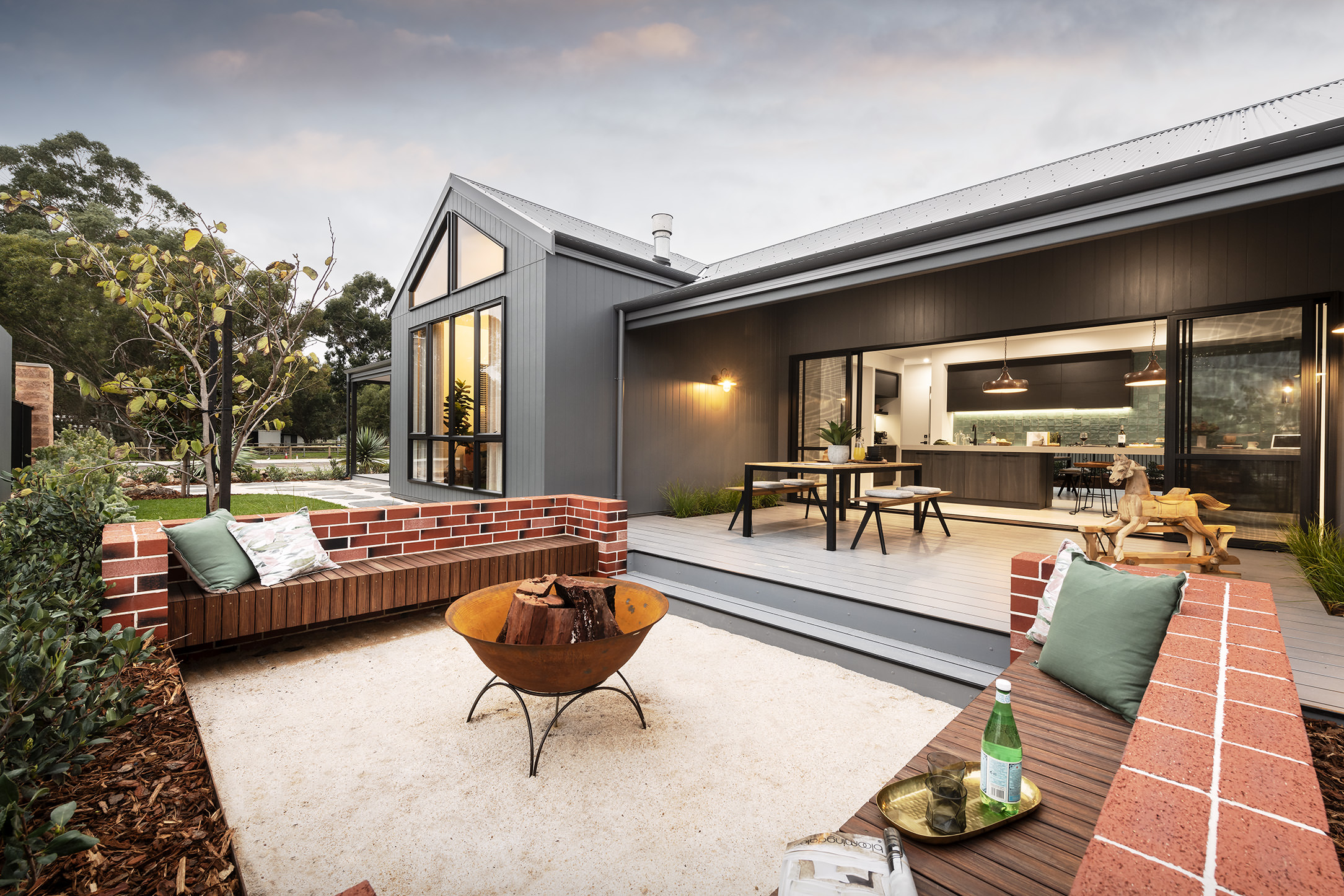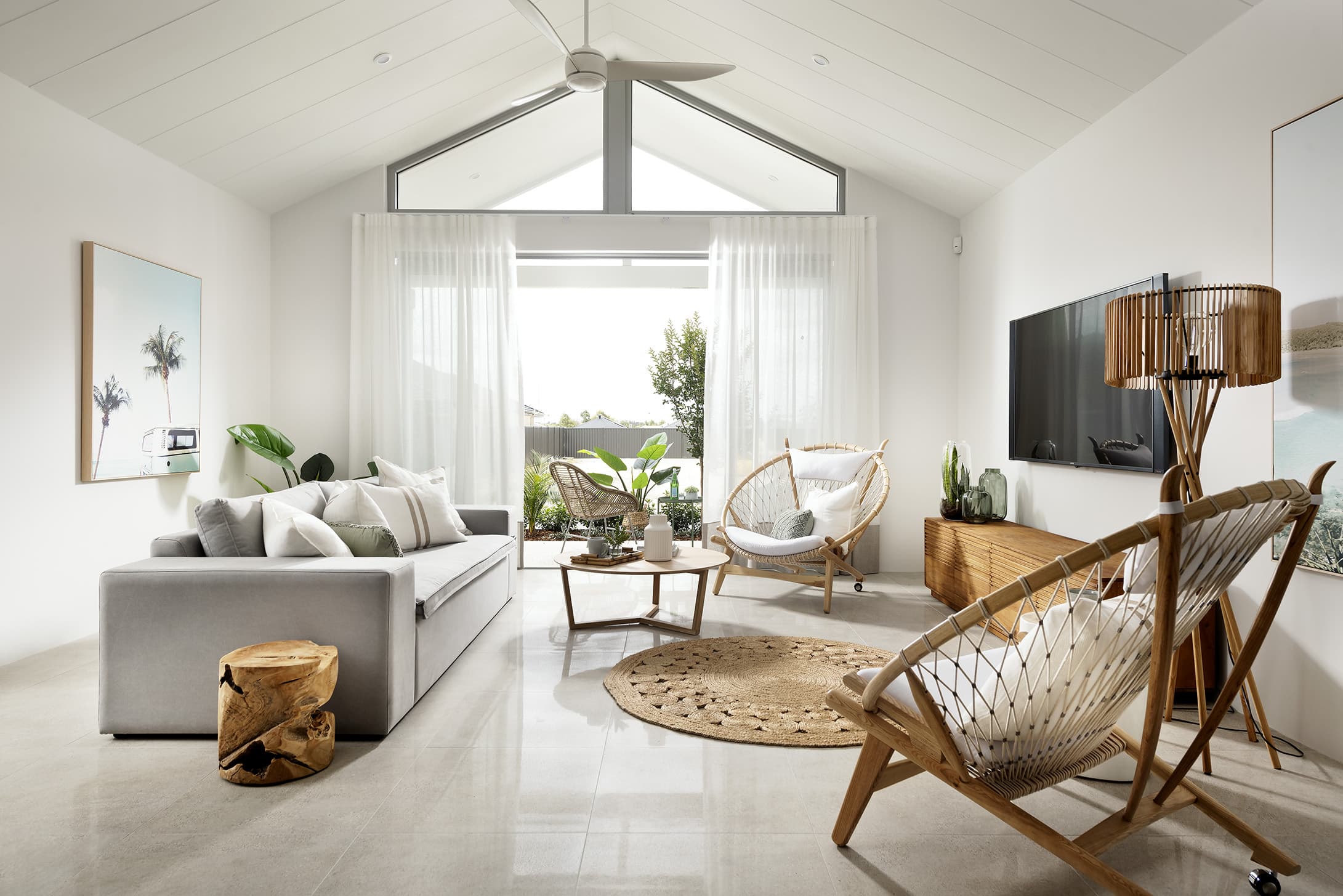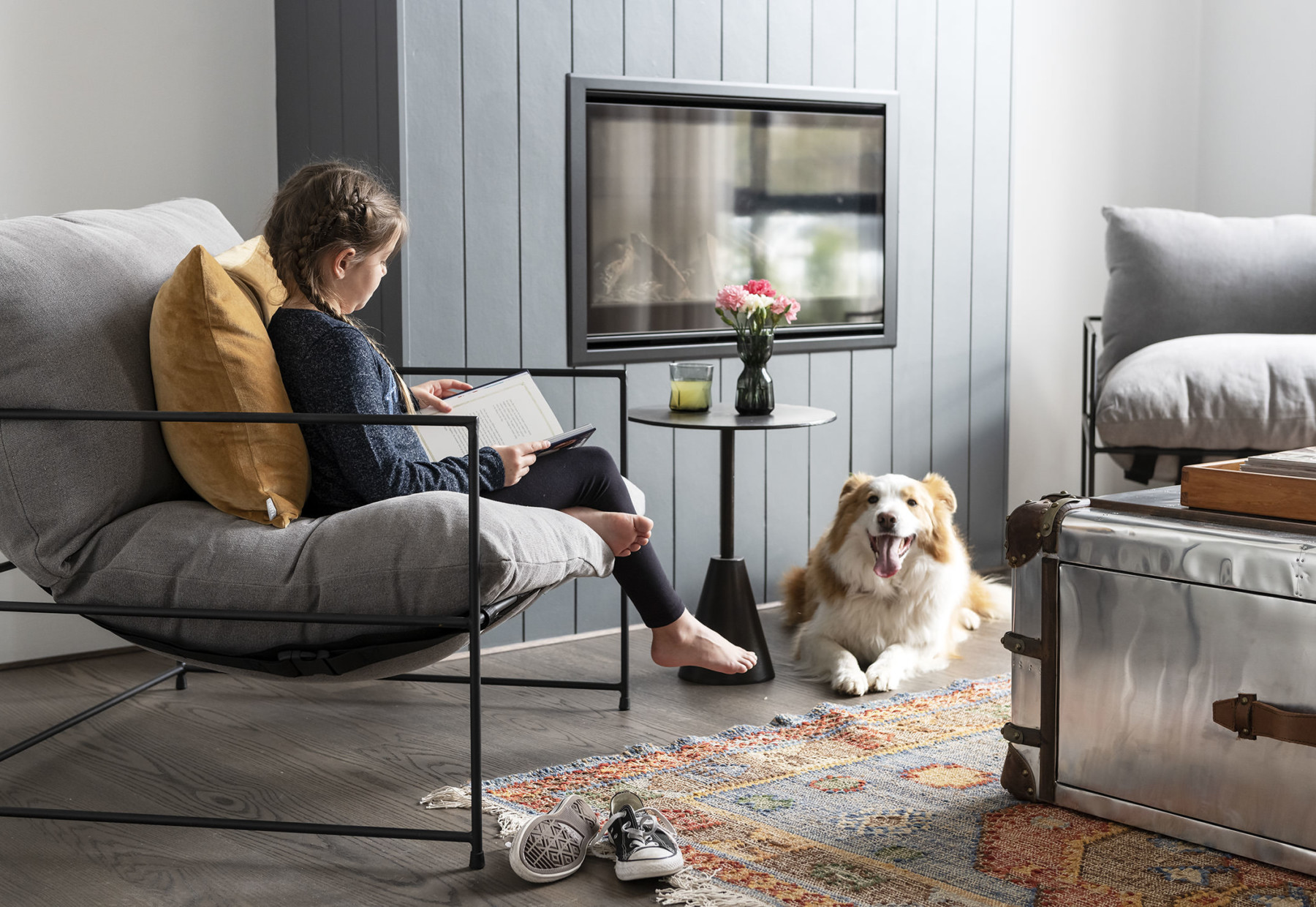Design tips for winter warmth
The Danish concept of hygge may be the latest word in cosiness but paying attention to the basics of good house design can also go a long way to keeping winter chills at bay.
When the mercury drops, you can stay warm and cosy knowing your house design is doing all the hard work for you, says Cameron Lade, General Manager at Dale Alcock Homes.
“Building or renovating is a perfect opportunity to pay attention to the basics of good design, so your home is naturally comfortable to live in whatever the weather is doing outside,” Mr Lade said.
“You won’t have to resign yourself to expensive heating bills to keep cosy. Instead, you can concentrate on creating hygge with all your winter favourites, whether it’s curling up with a blanket, a book and a mug of hot chocolate, or chatting with friends around the fire pit.”

When it comes to designing a house for winter warmth, one of the key concepts relates to the position of the house on the block and how it makes the most of the winter sun.
“The concept is one of the basics of passive solar design,” Mr Lade said. “The idea is that, during the cooler months, you basically use ‘free’ heating direct from the sun to warm your home.”
As a rule of thumb:
• It’s best to have the rooms you use the most, such as the living areas, facing north as this is the side of the house that will be the warmest in winter.
• The south side is the coolest, so this is the best place for bedrooms or rooms that you don’t use during the day.
• Bedrooms also work well on the eastern side, as does the kitchen, as this is where you’ll get warming morning sun.
• Little-used areas such as bathrooms, the garage and laundry should be on the western side, which can be hottest in summer.

The choice of materials you use in your home can also have a big impact on how warm it stays in winter. Some materials have a high thermal mass, which means they are better at absorbing warmth from the winter sun during the day, releasing it back into the room at night. Good examples are floor tiles, which retain heat from direct sunlight better than carpet or timber can. Concrete slabs and clay brickwork also provide good thermal mass.
“It’s also important to pay attention to where internal doors are being positioned so you can create ‘zones’ and simply heat the rooms you need at the time,” Mr Lade said.
Insulation is another effective weapon in the battle to keep heat in during the winter. It can be used in ceilings, and in external and internal walls, as well as in the roof cavity.
If your design includes an alfresco, be aware of how it might affect the amount of winter sun and natural light coming into the house and consider planting deciduous trees outside north-facing rooms.
When in full bloom in the summer they can shade the house from the worst of the heat, yet in the middle of the year when the leaves have dropped, they let in those warming winter rays.
“There’s a lot you can do at the design stage of a new build or renovation to make sure your home stays warm when those cooler months roll round,” Mr Lade said.
Make your building or developing dreams a reality.
Whatever your budget, whatever your plans, our team are here to help make your building or developing dreams a reality.
Chat to our team on 9242 9200.
Find out more
